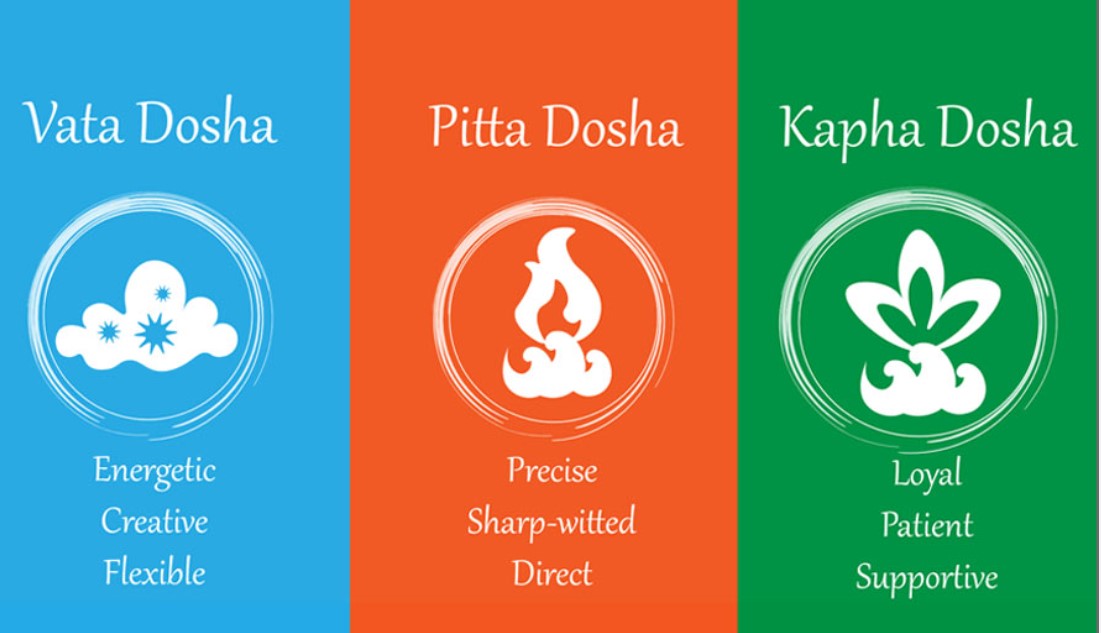Nature is constantly evolving, bringing changes in days, months and years, and most importantly, seasons. Our health thrives when our actions mirror this universal rhythm. “Ritucharya” or seasonal regimen is a routine designed around the six seasons of the year to keep us healthy. The word Ritucharya is a combination of two words- “Ritu” (season) and “Charya” (practice). It emphasizes aligning our lifestyle, diet and daily habits with nature’s cycles for holistic wellness. In this blog, let’s delve deep into each season and learn what Ahara (food), Vihara (lifestyle) and regimen to follow to keep us healthy. Hemanta (Winter) Winter brings cold temperatures and biting winds. According to Ayurveda, during the winter season, Agni (digestive fire) is at its peak. This season calls for deep nourishment to calm aggravated Agni and prevent tissue depletion. Diet and lifestyle Go for heavier and warm food added with good fats. Khichdi made with rice and lentils and topped with ghee is a perfect lunch recipe for winter. Include sour and salty flavors Dig into freshly cooked rice, sugarcane juice, jaggery, and dairy products Also add green leafy vegetables like spinach, celery, cabbage and lettuce to your diet Avoid light, dry, and Vata-aggravating foods such as raw vegetables, salads and puffed rice Daily routine Use sesame oil for Abhyanga (oil massage) as a morning routine Do dry powder massages and expose your body to sunlight for some time Dress warmly and cover your hands and feet Engage in intimate activities before sleep for warmth and relaxation Vasanta (Spring) Spring is when all the Kapha we have accumulated during winter starts melting. After winter is over, the increased Agni starts to decline leading to potential imbalances if Kapha is not expelled properly. Diet and lifestyle Have light warm, digestive meals Avoid heavy and fatty foods. You can still have barley and wheat Moderate exercise and oil pulling are good morning practices Daily routine Do Nasya – Istil 2 drops of Nasya Oil everyday in each nostril, ideally in the morning (1 hour before or after shower). Do a dry powder massage after Abhyanga. I prefer a mixture of sandalwood and Triphala for this. Later, take a warm shower. Sip water with dry ginger or nut grass throughout the day Do not sleep during the day. Keep a cool head and happy mind. Grishma (Summer) Summer is a season marked by high temperatures and increased dryness. This is also a time when your Agni is weakened as the body tries to cool down through sweat. It is the season for cooling and hydrating practices. Diet and lifestyle Eat food that has cold potency e.g. ghee, milk, and freshly harvested rice Stay away from salty, sour and spicy foods Eat seasonal fruits like mangoes and melons, but in moderation Daily routine Spend the day indoors as much as possible Dress lightly and refrain from heavy exercise Varsha (Rainy Season) In rainy weather, both body and Agni become weak and all three Doshas (Vata, Pitta, and Kapha) get vitiated. This season also requires a focus on strengthening Agni and balancing Doshas. Diet and lifestyle Eat warm foods that are easily digestible Have foods added with good fats, with the predominance of sour, salty tastes to calm Vata Opt for soups made from barley, wheat and freshly harvested rice with spices and ghee Do not consume yoghurt Water should be boiled and cooled before drinking to ensure that it’s germ-free Daily routine Avoid daytime naps, sun exposure and heavy exercise to a minimum Opt for dry powder massage to improve blood circulation Dress lightly and comfortably and take frequent showers Sharad (Autumn) Once the monsoons subside and the sun shines brightly, it aggravates the Pitta Dosha which was dormant during the monsoons. This season calls for cooling, Pitta-reducing practices. Diet and lifestyle Light foods rich in a sweet and bitter taste, with cold potency, are favored to subside Pitta Eat only when hungry Newly harvested rice, barley and wheat are good grain options in this season Avoid sesame oil, animal fat, yogurt and fish as all these aggravate Pitta Daily routine Do not step out in the sun often, and exposure to winds Avoid daytime napping Take a stroll in the moonlight after sunset to nourish the body and mind Shishira (Late Winter) This is the season of late winter, starting from mid-January to mid-March. Although the intensity of cold decreases, dryness and dehydration increase, leading to the accumulation of Kapha and the aggravation of Vata Dosha. Diet and lifestyle The diet is more or less like Hemanta (winter) season with more emphasis on Vata subsiding foods. Drink warm water first thing in the morning. Also sip herbal teas made with dry ginger, licorice and cinnamon throughout the day. Daily routine Follow winter-related practices like oil massages and warm baths Dress in thick layers of clothing to ward off the cold Dry powder massage is great for blood circulation and expelling mucus Getting enough sunlight during the safe sun hours How Ayurveda Helps You Adapt to the Six Changing Seasons Every season comes with its beauties and challenges. Adapting your lifestyle according to these changes instills balance and harmony in our bodies. Ayurveda emphasizes: Seasonal detoxes: Panchkarma therapies are beneficial as detox that are recommended as per your body needs. Always consult a doctor before opting for one. Nutrition: Eating right food according to the seasons helps your body digest the food better and absorb the nutrients well. Holistic practices: From Abhyanga to herbal remedies, Ayurveda provides tools to adapt to seasonal shifts effectively. Ayurvedic Herbs for Each Season of the Year Here are some herbs that are beneficial during… Continue reading Six Seasons of Ayurveda
Six Seasons of Ayurveda

